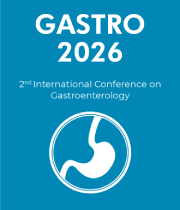Hepatic and Biliary Disorders
Hepatic blood flow, protein, carbohydrate, and lipid metabolism, drug and toxin detoxification and excretion, and bile synthesis and removal are only some of the functions of the liver. The range of liver disease is exceedingly broad, with many underlying disorders presenting in both acute and chronic forms. Autoimmune diseases, viral infection, and toxic insult account for the majority of the underlying pathogenetic pathways. Treatment of the symptoms and complications that occur, as well as medication therapy related to the underlying condition, are all part of any liver disease management approach.
Diseases of the bile ducts, gallbladder, and other structures involved in the formation and transportation of bile are referred to as biliary disease. Bile may be a digestive juice that's produced by the liver. The chance of developing biliary disorder is increased by heredity, advancing age, obesity, a high-fat diet, certain gastrointestinal diseases, and certain prescription drugs.
- Disease and their diagnosis
- Risk factors and preventive measures
- Drugs used for treatment


